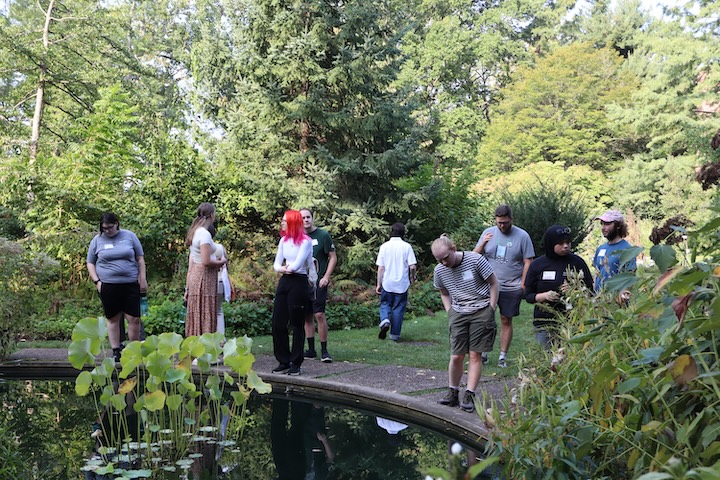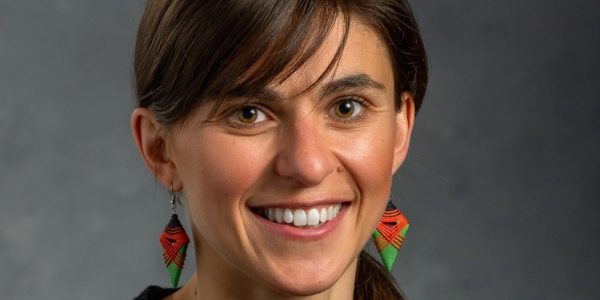Taking stock of fisheries sustainability with models
Working with Dr. James Bence at the MSU Quantitative Fisheries Center, Emily Liljestrand studies fisheries stock assessment and population dynamics models and applies that knowledge to evaluate how management strategies may be influencing long-term sustainability in fisheries.

Liljestrand is a Ph.D. student in the Michigan State University (MSU) Department of Fisheries and Wildlife and the Ecology, Evolution, and Behavior (EEB) Program. She earned a master's degree in fisheries sciences from the University of Maryland and three bachelor's degrees from Rice University in biochemistry and cell biology, ecology and evolutionary biology, and Asian studies. Liljestrand is one of the 2022 CANR Alumni Association Scholarship recipients.
"I've always loved marine biology and ocean science. But it wasn't until after I'd already finished my undergraduate degree that I realized I could combine this with another passion "€” mathematics and computer modeling," Liljestrand said. "I loved the idea that complex natural resource problems, like estimating the number of fish in a given region, could be reduced to relatively simple mathematical equations that explain everything going on "€˜under the surface.' Once we understand these underlying dynamics, we can make informative management metrics that let us sustainably use natural resources for the benefit of humans and the environment alike."
"Michigan State has one of the best Fisheries and Wildlife programs in the United States. I sought it out specifically because I wanted to work with my current mentor, Jim Bence. Dr. Bence has decades of experience improving on quantitative stock assessment models, and since I want to do the same, I wanted to learn from the best," she said. "There's exciting work to be done in looking at how we can add spatial and temporal complexity to these models, and I want to be the one to do it!"
Liljestrand is active in the department's graduate student organization. She also enjoys volunteering her time as an instructor during the Girls Math and Science Day and Girls STEM Day at MSU where she strives to get kids "hooked" on fisheries science. She developed the Fish in a Box activity as an innovative and engaging way to teach youth how to estimate population size using the mark and recapture technique. She is a role model and aspires to cultivate the next generation of natural resource scientists.
In the immediate future, she would like to obtain a post-doctoral fellowship position to continue her work in statistical stock assessment models. Her long-term goal is to earn an academic or government position where she can apply novel techniques to better assess our natural resources.
The Department of Fisheries and Wildlife's graduate program is a national leader in the training of fishery and wildlife professionals. Graduate student research projects encompass diverse areas of limnology, fisheries and wildlife, including human dimensions aspects. These projects take advantage of modern computing facilities, a world-class library, university research stations, and the tremendous natural resources of Michigan.
The Ecology, Evolution, and Behavior (EEB) Program is a research and training hub for those seeking to understand and predict life in a changing world. EEB members come from 12 departments in five colleges, uniting multiple disciplines. The program aims to support innovative research and mentor the next generation of life scientists while building networks and enriching collaborations.
Read the story in the Department of Fisheries and Wildlife



